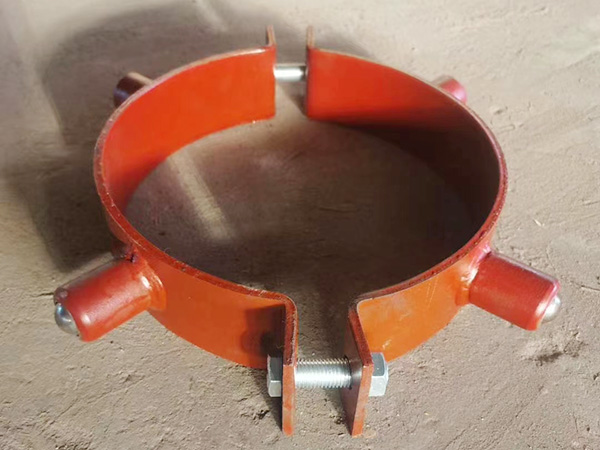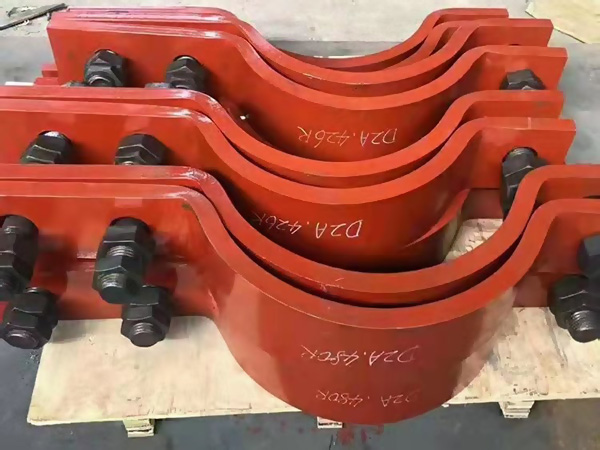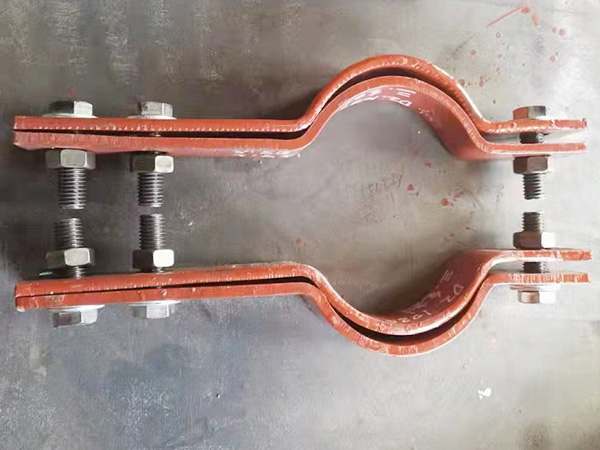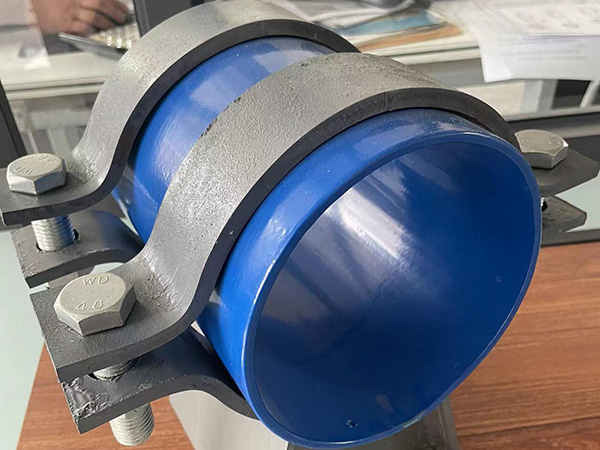Clamping Principle of Band-Type Pipe Clamps
Author:Mingde Time:2025-04-28 17:39:00 Click:148
1. Basic Mechanism
Band-type pipe clamps secure pipes/hoses through radial compression by tightening a metal band (typically stainless steel or galvanized steel) around the pipe’s outer diameter. The band is tensioned using an integrated screw mechanism or spring-loaded latch, creating uniform pressure to:
Prevent leaks at joints.
Resist axial movement (sliding or vibration).
Maintain seal integrity under pressure.
2. Key Components
Band: Flexible metal strip (often perforated for grip).
Tightening Mechanism: Screw/worm gear (common in hose clamps) or lever (for quick-release types).
Liner (Optional): Rubber/EPDM padding to:
Enhance friction.
Dampen vibration.
Protect pipe surface.
3. Working Principle
Encircling: The band is wrapped around the pipe/hose.
Tensioning: The screw/lever is tightened, reducing the band’s diameter.
Compression: Radial force is applied evenly, pressing the pipe against:
A flange (for pipe connections).
A mating surface (e.g., hose-to-barb fittings).
4. Advantages
✔ Adjustable Tightness: Suitable for varying pipe tolerances.
✔ Quick Installation: No welding/special tools needed.
✔ Vibration Resistance: Ideal for dynamic systems (e.g., automotive, HVAC).
✔ Reusable: Can be loosened and repositioned.
5. Common Applications
Plumbing: Connecting hoses/pipes in water/gas systems.
Automotive: Fuel lines, coolant hoses.
Industrial: Securing flexible ducts, pneumatic lines.
Note: Performance depends on band material strength and proper torque during tightening (overtightening may damage pipes).
 Hot Products
Hot Products
 Contact Us
Contact Us
Contact:
Mobile:+86 +86 19133378808
Website:mingdepipe.com
Address:










